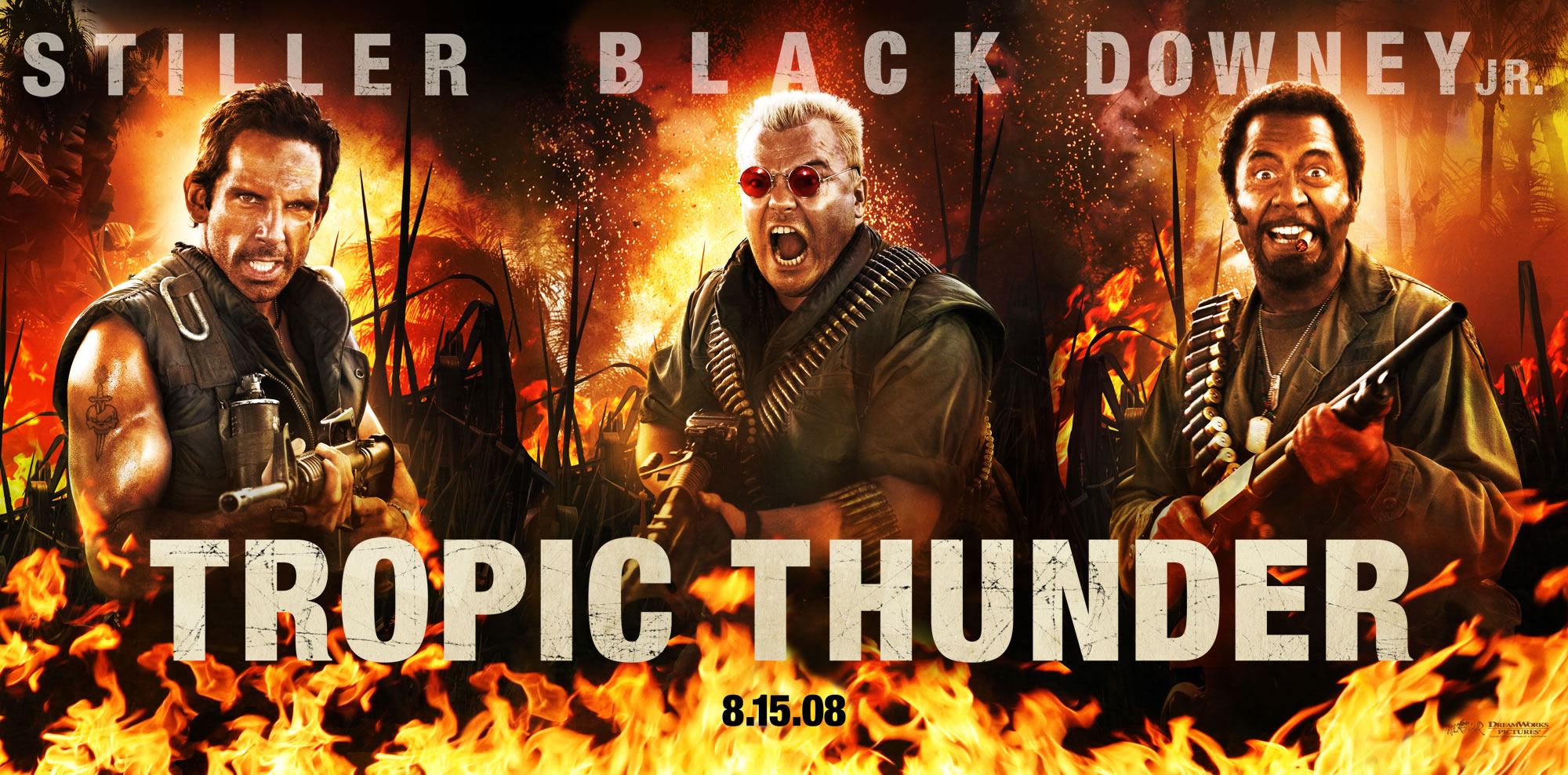" 2 women drinking alcohol with that man.''
This is a coca cola print advert of a beautiful women drinking coca cola. I believe this advert is to catch attention of males and females and persuade them to buy this product.
This is a fanta advert with numerous women with different flavored Fanta bottles and clothes. This is also to persuade both genders to buy the product as they used sex appeals and they look happy.
This is an old advert of seven up. This advert is mainly to persuade women to buy the products as they do all the housing work and they need to take a morning break with seven up so they can build energy.
This is an old advert of a beer. I think this advert is telling us that men cares more about beer than women as the advert is trying to tell us that his wife got burned on her hand but her husband didn't care about it. he only cared about his beer. .
This is a diet coke advert. There is 3 women in this print advert. They all fit and they all look happy. This advert is for female audience as the colours and the pack shot that have been used in the advert were mainly for girls.
This advert is the worst advert out of the rest. This is a coffee advert in the late 1920's. This advert is telling the audience (women) That if they don't make a better coffee for their husband... Their husband will beat them up.










.jpg)



